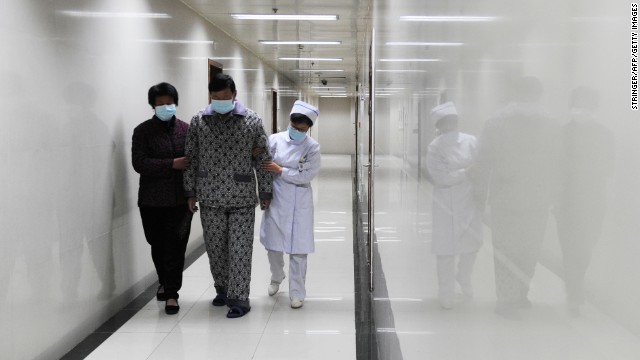In a major policy move, the Food and Drug Administration said Tuesday that it would not approve generic versions of the powerful narcotic OxyContin, the painkiller that symbolized a decade-long epidemic of prescription drug abuse.
Stuart Isett for The New York Times
The F.D.A.'s decision to bar generic versions of OxyContin is likely to result in higher prices of the drug.
The move represents a victory for OxyContin’s manufacturer, Purdue Pharma, which in 2010 introduced a formulation of the drug that was less prone to tampering.
The original version of OxyContin, which was approved in late 1995, could be easily crushed, a step that released its entire narcotic payload at once rather than over time as intended. The new version turns into a jellylike mass when crushed.
Some state attorneys general and pain treatment experts had also urged the F.D.A. to block the release of generic versions of OxyContin, arguing that failing to do so would feed street demand for strong narcotics. But the decision is also likely to result in higher prices for OxyContin, a time-release form of a narcotic called oxycodone, because it will not face generic competition.
The decision by the F.D.A. came on the day when the patent for the original version of OxyContin was set to expire. That would have allowed generic producers to introduce their own version of the formulation. F.D.A. officials said that several producers had applications to sell a generic form of OxyContin pending before the agency.
As part of Tuesday’s decision, the F.D.A. also said it had approved a label for the new version of OxyContin stating that it was less prone to abuse through inhaling or injecting it.
The decision is the first time that the agency has allowed a manufacturer to state that a narcotic drug has tamper-resistant properties, said an agency official, Dr. Douglas C. Throckmorton.
Dr. Throckmorton said the F.D.A. had looked at data from several studies, some of it underwritten by Purdue Pharma, in arriving at its decision. He said that while the data was not perfect, the agency had concluded that it was enough to show that the new version of OxyContin was safer, in its abuse resistance, than the original version.
As a result, the efficacy of that original version — and by extension the efficacy of any generic version of it — no longer outweighed its risks, since the therapeutic value of older and new versions of the drug were the same, he added.
“We recognize that we are looking at new territory,” Dr. Throckmorton said, referring to the standards under which it would allow claims for abuse resistance.
The decision by the F.D.A. comes at a time when the efficacy of strong narcotics like OxyContin for the treatment of long-term pain has come under increasing scrutiny. Citing poor outcomes, some insurers are also seeking to limit how doctors use the drugs.
Along with Purdue Pharma, the manufacturer of another long-acting narcotic painkiller, Endo Pharmaceuticals, has also petitioned the F.D.A. seeking a similar claim of abuse resistance for a newer version of one of its drugs, Opana. If that claim proves successful, generic versions of the original form of Opana would also be barred.
Over the last year, Purdue Pharma and Endo have pushed for federal legislation that would require many opioids to be tamper-resistant, and lobbied in favor of similar state laws.
In Canada, an effort last year by some doctors and local officials to deter sales of generic versions of OxyContin there fell flat. While companies like Purdue Pharma insist the public’s health is their main concern, others note that producers introduced tamper-resistant versions of their products just as the drugs were about to lose patent protection.
In court papers filed in response to a lawsuit filed by Endo, the F.D.A. described the company’s action as a “thinly veiled attempt to maintain its market share and block generic competition.”
At time of introduction in late 2010, the price of the new version of OxyContin was about $6 per 40 milligram tablet, the same then as the price that was not tamper resistant. Since then, the price of the new version has risen to about $6.80 for a tablet of that strength. Opana costs about the same amount for a pill of the same painkilling strength.
When the F.D.A. approved the original formulation of OxyContin in 1995, the agency allowed its maker to claim that the drug’s time-release formulation was “believed to reduce” its potential to be abused. That contention proved disastrously wrong.








 An H7N9 bird flu patient walks in the corridor of a hospital after his recovery and approval for discharge in Bozhou, in central China's Anhui Province, on Friday, April 19. China has reported 83 cases of H7N9 avian influenza. Seventeen people have died from the virus which, while common in birds, hadn't been detected in humans before the first cases were reported in March.
An H7N9 bird flu patient walks in the corridor of a hospital after his recovery and approval for discharge in Bozhou, in central China's Anhui Province, on Friday, April 19. China has reported 83 cases of H7N9 avian influenza. Seventeen people have died from the virus which, while common in birds, hadn't been detected in humans before the first cases were reported in March.


